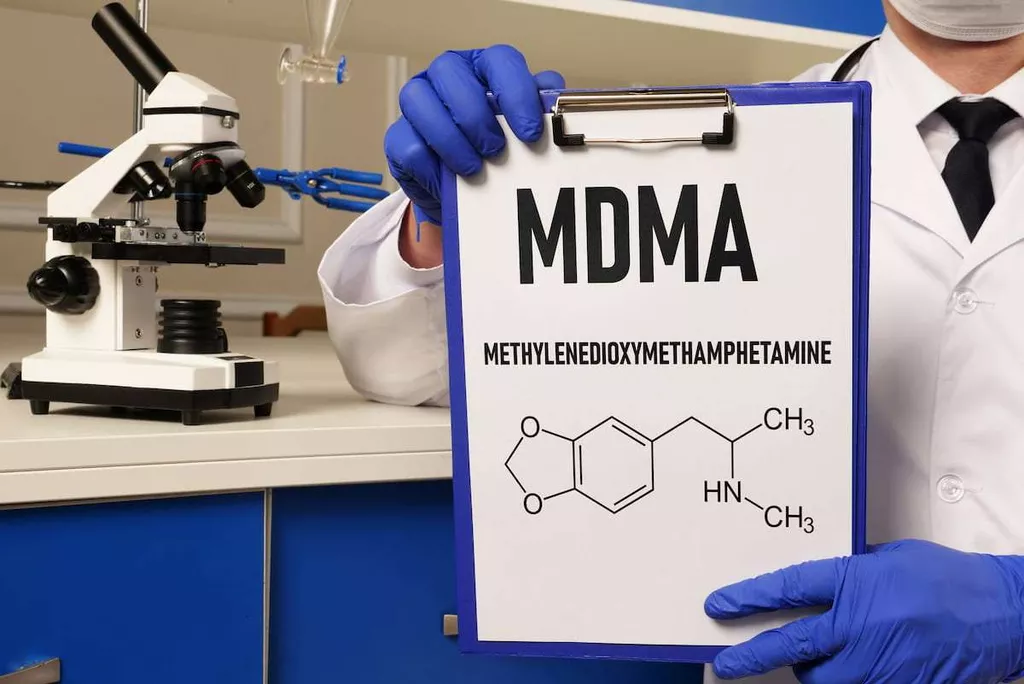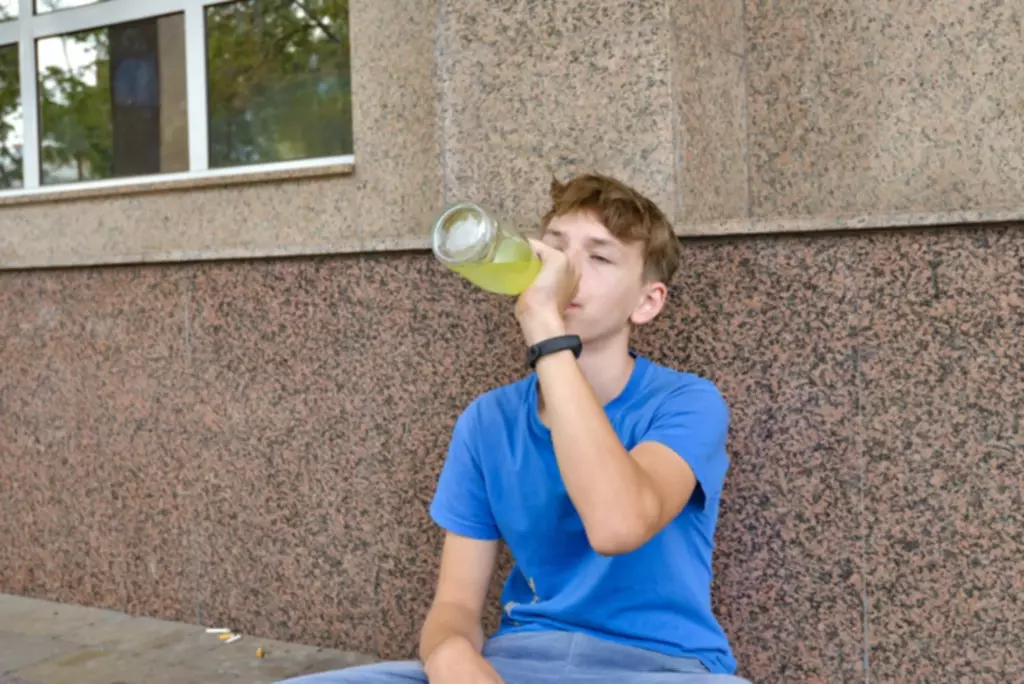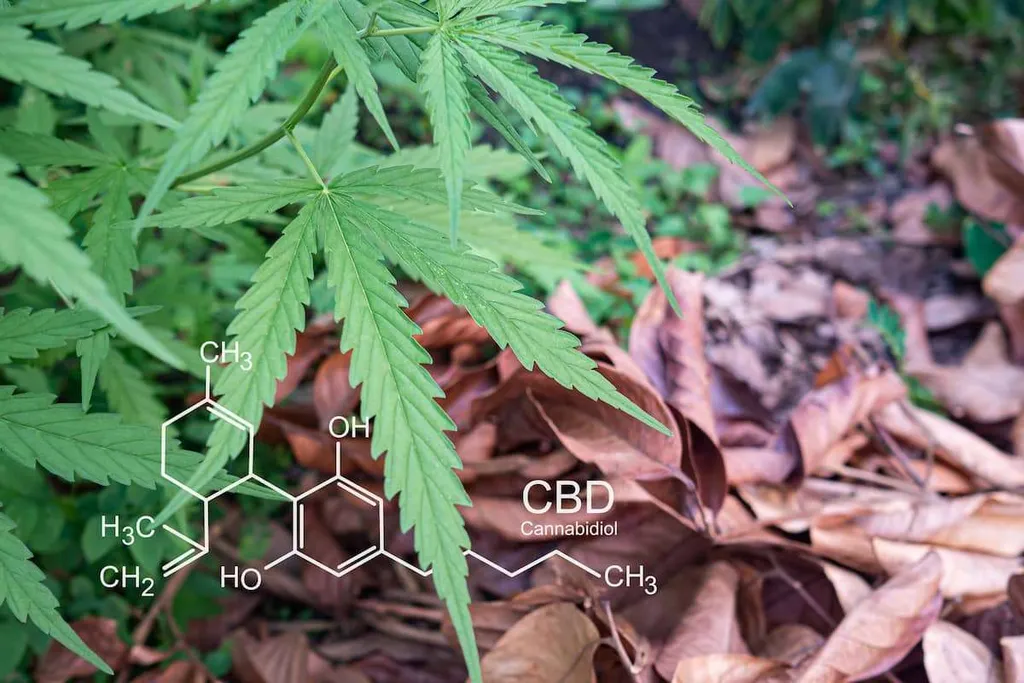
If you’re new to drinking and feeling drunk, it’s important to know information surrounding alcohol and its effects. Being educated can not only help you enjoy responsibly but possibly save an individual’s life or save them from a life of addiction. When someone comes down from alcohol consumption, typically the next morning, a hangover is often the result. During the depressive phase, also known as the excitement phase, Substance abuse you begin to display signs of uncontrollable emotional highs, loss of coordination and judgment. This is the period where many people continue drinking in excess to get rid of drowsiness since alcohol is a central nervous system depressant. At this point, you are considered drunk with a BAC of 0.09% to 0.25%.

Explore the Time Flow System

If you want to avoid drunk driving, wait until your BAC is close to zero before driving. For more on how alcohol impacts emotions, you can read How Does Alcohol Impact Your Emotions?. Some might find themselves vowing never to drink again after particularly wild nights out only to find themselves back at it soon enough—a cycle that many know all too well. Howl at the Moon can host awesome birthday parties, bachelor parties, bachelorette parties, holiday parties, corporate events and more. In fact, everyone in the entire freaking bar is suddenly beautiful.

The Health Dangers of Alcohol

The liver metabolizes alcohol at a rate of about one unit per hour, which is roughly equivalent to 10 milliliters (ml) or 8 grams of alcohol. There are somewhat predictablestagesthat a person will go through when they drink alcohol. Thestages of intoxication varyfrom person to person based on a variety of factors. Reactions to alcohol will vary by weight, age, sex, rate of consumption, overall health, amount of alcohol used, and amount of food in the stomach. While some may continue to feel happy and carefree, others might experience sadness or aggression. This emotional variability is influenced by personal factors such as mood prior to drinking and individual tolerance levels.
- This lack of coordination can increase the risk of accidents and injuries.
- Let’s consider several helpful strategies for any drinker but especially those drinking for the first time.
- When consumed in moderation, alcohol can be part of a healthy lifestyle.
- Certain genetic markers can predispose individuals to develop dependencies or exhibit varying tolerance levels.
- If you continue to drink, the effects will become more pronounced, leading to drunkenness and potentially more severe impairment.
Drunk vs Tipsy: Recognising the Risks
In other words, the old saying, “A drunk man’s words are a sober man’s thoughts,” might actually have some accuracy to it. But the way you act while drunk is about more than just what you feel inside. Like other poisons, the body works to rapidly remove it from the blood, which makes a lot of work for the liver and kidneys.
Alcohol

You can’t just throw that away, it was so special and it can’t be over. how it feels to be drunk And like an alcoholic going through the 12 Steps, you slowly start to recover one day at a time. You start rediscovering all the things that made you happy without them.
- Taking drugs before drinking and/or not eating can also increase the effects of alcohol on the body.
- Whether it’s at a bar with friends or during a quiet evening at home can change how someone feels while drinking.
- It’s like stepping into a different reality where everything feels amplified yet dulled at the same time.
- BAC is a critical factor in determining the effects of alcohol on the body and mind.
- The social environment plays a significant role in the experience of being drunk.
- You may become unresponsive and your body loses its ability to rid itself of the alcohol.
- During the depressive phase, also known as the excitement phase, you begin to display signs of uncontrollable emotional highs, loss of coordination and judgment.
- The rest of it gets into your bloodstream via your small intestine.
- We’d love the opportunity to help you during this overwhelming and difficult process.
- These mood swings are often unpredictable and can lead to conflicts and misunderstandings in social settings.
Alcohol content is measured by a unit called alcohol by volume (ABV). If a 12-ounce can of beer is 5% ABV, that means that 5% of the can is ethanol and the rest is mostly water. While this chemical activity plays out all over the body, it’s mostly concentrated in two areas. The National Center for Drug Abuse Statistics reports that there are 95,000 alcohol-related deaths in the United States annually. These include auto accidents, among other unthinkable situations.
- This is because even if you’re just tipsy, there are still risks to drinking too much alcohol.
- After experiencing intoxication, many individuals face physical aftereffects commonly known as hangovers.
- After eating half of your body weight, you slip into food coma.
- The experience of being drunk can be categorized into several stages, each with distinct emotional and physical effects.
- No discussion about drinking would be complete without mentioning hangovers—the dreaded aftermath of a night spent indulging in alcohol.
In this article, we delve into the various stages of being drunk, the emotional and psychological effects, and the impact on judgment and decision-making. The experience of being drunk is complex and varies widely from person to person. Some people feel euphoric and carefree, while others may become emotional or even aggressive. It might also be best for these individuals to avoid excessive drinking. In the early stages of drinking, when we are just “tipsy,” most of us experience a degree of euphoria.

Recent Comments